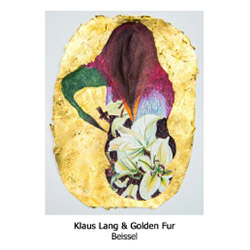
A collaboration between Austrian composer/organist Klaus Lang and the Golden Fur ensemble of Samuel Dunscombe on clarinet, Judith Hamann on cello & James Rushford on viola & harmonium, reworking a hymn from 18th century composer Johann Conrad Beissel, using an algorithmic system to reinterpret the piece through orchestration, dynamic movement, harmonic density & harmonicity.
Out of Stock
Quantity in Basket: None
Log In to use our Wish List
Shipping Weight: 3.00 units
Sample The Album:
Judith Hamann-cello
Samuel Dunscombe-clarinet
Klaus Lang-organ
James Rushford-viola, Harmonium
Click an artist name above to see in-stock items for that artist.
Label: Another Timbre
Catalog ID: at135
Squidco Product Code: 27301
Format: CD
Condition: New
Released: 2019
Country: UK
Packaging: Cardboard Gatefold
Recorded at the abbey at St. Lambrecht, in Styria, Austria, on July 9th, 2016, by Samuel Dunscombe.
Interview with the members of Golden Fur by Another Timbre
"How did your collaboration with Klaus Lang come about?
James Rushford: Golden Fur has followed Klaus' work since we formed in 2008. We actually did an Australian premiere of his 'Der Weg Des Prinzen I' in 2009, and have also played much of his repertoire individually/with separate ensembles (I know Judith has played some strong pieces in Mexico, and Sam did a version of 'Hungrige Sterne' at Tectonics Festival in 2015).
I was also invited to collaborate with Klaus as a duo for Tectonics New York back in 2014. We made a funny fragmentary piece made up of duets on harmonium, clavichord and viola.
We've always wanted to work with Klaus as improvisers and interpreters. We reached out to him whilst on residence at Cité des Arts in Paris 2016, and he was very generous to invite us to stay with him in the Austrian Alps for a few days. There was no fixed plan to compose or record anything, but after playing together each day, the idea for the Beissel piece slowly formed. Klaus has access to this wonderful monastery (St. Lambrecht), so we took the opportunity to record there.
And how did Golden Fur come about? What has the trio done before this?
Judith Hamann: Golden Fur is a trio which began in 2008 while we were undertaking our Masters degrees together in Australia. Originally focused on performing new or rarely heard compositions, the ensemble started out with a run of concert series which unfolded over several years. During this phase of the group we commissioned many new works by Australian artists, alongside presenting the Australian premieres of works by international composers (including Klaus). Golden Fur have performed at festivals including Tectonics (Athens and Tel Aviv), Supersense Festival of Ecstatic Music (Melbourne), Liquid Architecture (Australia), and for the Monday Evening Concerts (Los Angeles) to name just a few. The group have also been artists in residence at The Recollets (Paris) and Cité Internationale des Arts (Paris). Over time and various configurations of geography the aims and interests of the project have changed (all three of us lived in southern California for some years). While Golden Fur still occasionally perform notated music, the group now primarily works on collectively composed, or collaborative projects with other artists. Currently in the works is a project with writer Dennis Cooper and film maker Zac Farley, as well as partially composed, partially improvised works for cello, clarinet and keyboard instruments composed in the studio or presented live.
What was your interest in Johann Conrad Beissel's music, and how did you use Beissel's music in the piece, and w What was your interest in Johann Conrad Beissel's music, and how is it used in the piece?
Samuel Dunscombe: Our interest in Beissel's music came through Klaus, originally. He had recently returned from a trip to the USA where he had visited Ephrata, which Beissel founded as an experimental religious community of Seventh Day Dunkers in 1732. Beissel's story is utterly weird, and utterly compelling. Ephrata was sort of an early utopian community organised on semi-socialist principles, where all members were to maintain a strict vegetarian diet, celibacy was encouraged (though not required), and upon joining all were required to adopt a new name (Beissel himself became "Friedsam Gottrecht" - Peaceful God's Justice). Music was at the heart of everyone's life in Ephrata, and the hymns were all composed by Beissel himself, who had developed an algorithmic system for translating bible text into music. I guess what attracted us to the Beissel story was firstly the unique (and slightly batty) nature of the community at Ephrata, and secondly the weirdness of Beissel's music itself. Beissel's rigid compositional process makes for music that is both beautiful, and strangely disjointed and asymmetrical, with a beautiful sort of naivety to the whole thing. I think the three of us are quite attracted to things that are somehow a little strange, out of the ordinary, or that somehow don't quite fit, so we got excited when Klaus enthusiastically told us the Beissel story. It seemed like a natural choice to pick one of his hymns and use it as the basic scaffolding for a collective composition.
When it came to makIng the piece you hear on the record, we decided to adopt a loose algorithmic system of our own, that would dictate the arrangement / orchestration, dynamic movement, harmonic density, harmonicity, etc of the chosen hymn. We decided that we would like to record a version a little over 45 minutes long, and this length we achieved simply by dilating the time it should ordinarily take to play through the hymn (by a factor of 20 or 30 times). So I guess you could say the piece on the CD is sort of like a 21st century re-imagining of his music and working processes."
Artist Biographies
• Show Bio for Judith Hamann "Judith Hamann is an Australian-born cellist currently based between Melbourne and San Diego. Her performance practice stretches across various genres, encompassing elements of improvised, art, experimental, and popular music. Judith has studied contemporary repertoire with many cellists, including Charles Curtis and Séverine Ballon. She is developing a strong practice in improvisation through collaborative projects and performances, both in Australia and internationally, including Hammers Lake (with Carolyn Connors) and Golinski/Hamann/Dunscombe trio. She has worked with artists and ensembles, including Oren Ambarchi, ELISION Ensemble, Ellen Fullman, Graham Lambkin, Jon Rose, Not Yet It's Difficult, Ilan Volkov, and La Monte Young and Marian Zazeela. Judith is a founding member of Golden Fur and one-half of the immersive duo project Cello II (with Anthea Caddy). She has performed widely with festivals including Tectonics (Glasgow, Adelaide), UnSound (NYC), Adelaide Festival of Arts, Melbourne International Arts Festival, the Now Now (Sydney), Dark Mona (Hobart), Extremities: Japanese Australian Festival (Tokyo), Tokyo Experimental Festival, SiDance Festival (Seoul), Ausland Summer Festival (Berlin), and Liquid Architecture (Australia). She is a champion of new and rarely performed music and immersive approaches to concert presentation and engages with a range of interdisciplinary and experimental projects, including the Amper&nd project (Korea/Australia) and collaborative work with the visual artists Keith Deverell and Sabina Marselli. She has worked with many composers directly in presenting their work, including Natasha Anderson, Richard Barrett, Wojtek Blecharz, David Chisholm, Marco Fusinato, Liza Lim, Anthony Pateras, Timothy McCormack and Tashi Wada." ^ Hide Bio for Judith Hamann • Show Bio for Samuel Dunscombe "Samuel Dunscombe is a composer-performer specialising in the use of clarinets, computers, and microphones. From free improvisation to field recording and the performance of contemporary classical repertoire, Samuel is involved in a diverse range of activities. Some highlights include: Performances at the Bendigo International Festival of Exploratory Music (Australia), Tokyo Experimental Festival (Japan), Tectonics (Tel Aviv, Athens), World Music Days (Slovenia), Kontraklang (Berlin), Supersense (Australia), Monday Evening Concerts LA (USA), Athens Slingshot Festival (USA), Toronto Electro-Acoustic Symposium (Canada), STEIM (Holland), Cave12 (Switzerland), Adelaide / Melborne / Sydney International Arts Festivals (Australia). Free improv collaborations with Seijiro Murayama, Toshimaru Nakamura, Ishikawa Ko, Richard Barrett, Tim Olive, Tetuzi Akiyama, Yoshimoto Yumiko, Mitsui Yoshiko, Murmur Collective, Kyle Motl and Tatsuya Nakatani, Golden Fur. Premier performances of works by Anthony Pateras, Chikako Morishita, Rebecca Saunders, Wojtek Blecharz, David Chisholm, Jacob Ullman, Cat Hope, Iancu Dumitrescu, Ana Maria Avram, Elise Roy, Hunjoo Jung, Rohan Drape, Maya Dunietz, Carolyn Chen, Eva-Maria Houben. Special performance projects based around works by Pierluigi Billone (1+1=1), Horatiu Radulescu (Capricorn's Nostalgic Crickets; Inner Time). Ongoing collaborative projects with Klaus Lang, Dennis Cooper, Benedetta De Alessi, Golden Fur (with James Rushford and Judith Hamann), Rebecca Lane, Eva-Maria Houben, Hunjoo Jung, Seijiro Murayama. Artist talks, guest lectures, and conference presentations at the Sound of Memory Symposium (Goldsmiths, London), Oberlin College (Ohio, USA), Musashino Art University (Tokyo, Japan), Hearing Landscapes Critically (Harvard, USA), Affective Habitus (ANU, Australia), RMIT University (Melbourne, Australia), CALIT2 IDEAS (San Diego, USA). Field recording projects with Francisco Lopez (Mamori Art Lab), Kate Clark (Parking Lot Park), and an ongoing quixotic attempt to single-handedly create a total sound map of the entire state of California. Samuel is an ABD (all but dissertation) candidate at UCSD (University of California, San Diego) for a Doctor of Musical Arts (DMA) in performance. He holds a Bachelor of Fine Art (Sound) from RMIT University (Melbourne), and Masters and Bachelors degrees in Music Performance from the VCA in Melbourne, Australia. In 2015, Samuel was a visiting doctoral fellow at the Hochschule der Künste in Bern, where he worked with Ernesto Molinari." ^ Hide Bio for Samuel Dunscombe • Show Bio for Klaus Lang "Klaus Lang (*1971 Graz / Austria) lives in Steirisch Lassnitz (Austria). He studied composition and theory of music (with H.M. Preßl, B. Furrer and Y. Pagh-Paan) and organ. Klaus Lang loves tea and dislikes lawnmowers and Richard Wagner. Klaus Lang's music is not a means to convey extramusical contents, such as emotions, philosophical or religious ideas, political propaganda, advertisement etc... His music is no language used to communicate non-musical content. Music is seen as a free and selfstanding acoustical object. In his work he is not using sound, sound is explored and given the opportunity to unfold its inherent rich beauties. Only when sound is just sound it is percievable as that what it really is: a temporal phenomenon - audible time. Klaus Lang sees time as the genuine material of a composer and at the same time also the fundamental content of music. In his view musical material is time perceived through sound, the object of music is the experience of time through listening. Music is time made audible." ^ Hide Bio for Klaus Lang • Show Bio for James Rushford "James Rushford is an Australian composer-performer. His work is drawn from a familiarity with specific concrète, improvised, avant-garde and collagist languages. Currently, his work deals with the aesthetic concept of musical shadow. As a composer, James has been commissioned by the BBC Scottish Symphony Orchestra (Glasgow), Melbourne Symphony Orchestra, Ensemble Neon (Oslo), Speak Percussion, Synergy Percussion, Ensemble Vortex (Geneva), Ensemble Offspring, Soundstream, The Song Company, Decibel, Melbourne International Arts Festival (2006/2008), Norway Ultima Festival (2011), Unsound Festival (New York 2014) and Liquid Architecture Festival (2010). As a performer, he has presented work at STEIM Institute (Amsterdam), Logos Foundation (Ghent), Issue Project Room (New York), Instants Chavirés (Montreuil), Constellation (Chicago), Café Oto (London), Super Deluxe (Tokyo), Monday Evening Concerts (Los Angeles), Cave12 (Geneva), Send & Receive Festival (Winnipeg), WORM (Rotterdam), Ausland (Berlin), Centre for Contemporary Art (Warsaw), Only Connect Festival (Oslo), Now Now (2011/2012), Adelaide Festival (2014), Bendigo International Festival of Exploratory Music (2013/2014), Melbourne International Jazz Festival (2011) and the Tectonics Festival (Adelaide 2014, New York 2015, Tel Aviv 2015). He has also performed live with the Krakow Sinfonietta, Australian Art Orchestra, Michel Pisaro, David Behrman and Jon Rose. James has collaborative projects with Joe Talia, Golden Fur (with Samuel Dunscombe & Judith Hamann), Ora Clementi (with crys cole), Oren Ambarchi, Klaus Lang, Kassel Jaeger, Graham Lambkin, Francis Plagne, Tashi Wada, the visual artist Michael Salerno and the writer Dennis Cooper. His music has been published by Pogus (US), Prisma (Norway), Bocian (Poland), Penultimate Press (UK), Black Truffle (AUS) and KYE (US). James holds a Doctorate from the California Institute of the Arts, and is currently a fellow at Akademie Schloss Solitude in Stuttgart." ^ Hide Bio for James Rushford
12/17/2025
Have a better biography or biography source? Please Contact Us so that we can update this biography.
12/17/2025
Have a better biography or biography source? Please Contact Us so that we can update this biography.
12/17/2025
Have a better biography or biography source? Please Contact Us so that we can update this biography.
12/17/2025
Have a better biography or biography source? Please Contact Us so that we can update this biography.
Track Listing:
1. Beissel (2016) 41:10
Compositional Forms
Quartet Recordings
European Improvisation and Experimental Forms
New in Compositional Music
Search for other titles on the label:
Another Timbre.


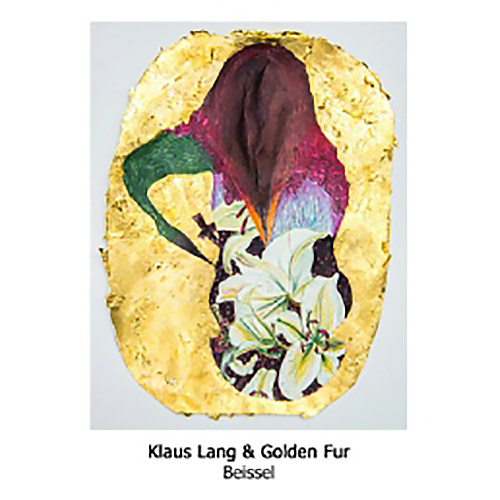
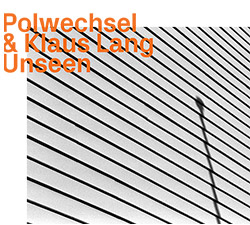
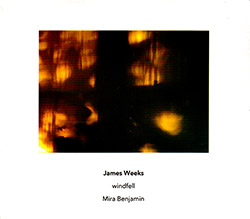
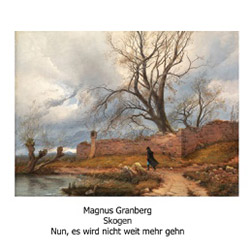
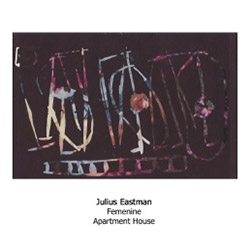
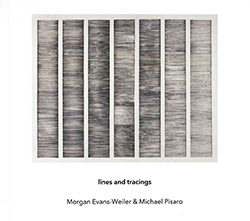
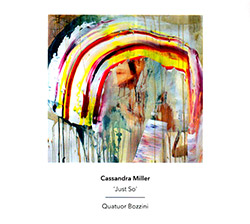


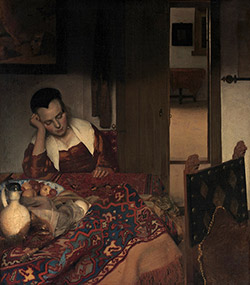
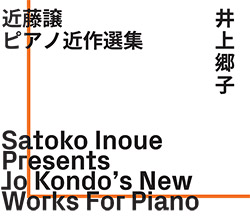
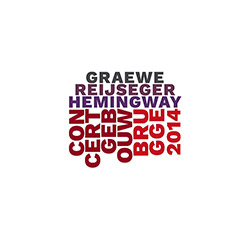

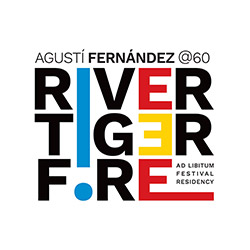




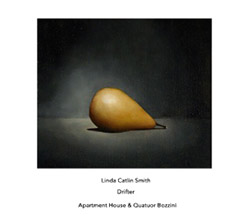
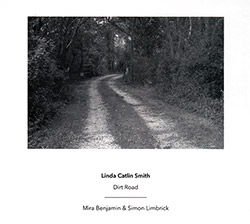


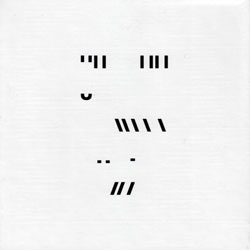
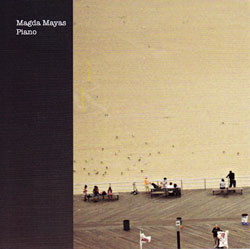
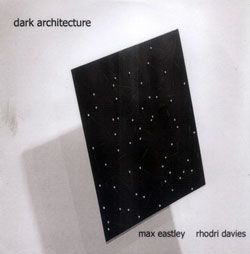

![HobbyHouse (Mia Dyberg / Axel Filip): HobbyHouse [CD + DOWNLOAD]](https://www.teuthida.com/productImages/misc4/36944.jpg)
![Mines, Kelsey / Erin Rogers: Scratching At The Surface [CD + DOWNLOAD]](https://www.teuthida.com/productImages/misc4/36945.jpg)
![Nebbia, Camila (feat/ Marilyn Crispell / Lesley Mok): A Reflection Distorts Over Water [CD + DOWNLOAD]](https://www.teuthida.com/productImages/misc4/36946.jpg)
![Vanheerentals, Adia: Taking Place [CD + DOWNLOAD]](https://www.teuthida.com/productImages/misc4/36947.jpg)
![Mines, Kelsey / Vinny Golia: Collusion and Collaboration [CD + DOWNLOAD]](https://www.teuthida.com/productImages/misc4/36948.jpg)
![Parkins, Zeena: Lament For The Maker [CD + DOWNLOAD]](https://www.teuthida.com/productImages/misc4/36949.jpg)
![Evans, Peter / Mike Pride : A Window, Basically [CD + DOWNLOAD]](https://www.teuthida.com/productImages/misc4/36950.jpg)

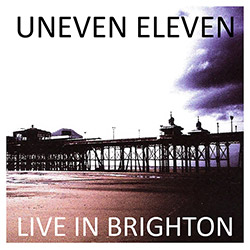
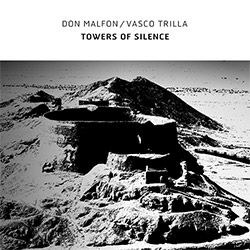
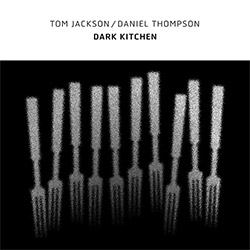
![Frey, Jurg : Composer, Alone [3 CDs]](https://www.teuthida.com/productImages/misc4/36927.jpg)
![Belorukov, Ilia / Alex Riva: Wrestling For Futility [CASSETTE w/DOWNLOAD]](https://www.teuthida.com/productImages/misc4/36994.jpg)
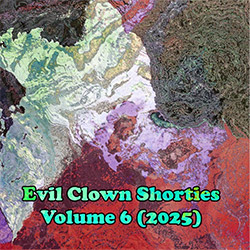
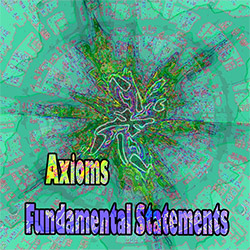





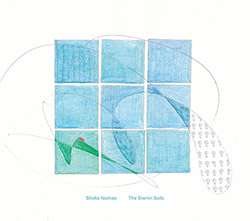
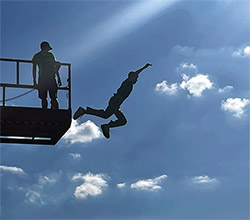
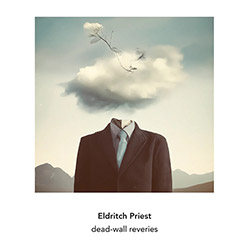
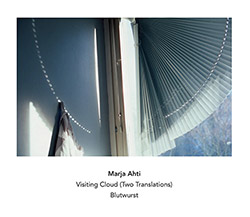

![Agnel, Sophie: Learning [VINYL]](https://www.teuthida.com/productImages/misc4/36841.jpg)

![Monaco, Amanda (w/ Michael Attias / Sean Conly / Satoshi Takeishi) : Deathblow [VINYL+ DOWNLOAD]](https://www.teuthida.com/productImages/misc4/36956.jpg)
![Frey, Jurg with ensemble]h[iatus: Je Laisse A La Nuit Son Poids D](https://www.teuthida.com/productImages/misc4/36988.jpg)
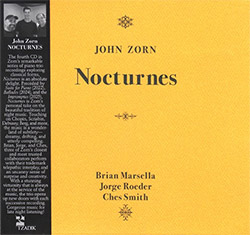
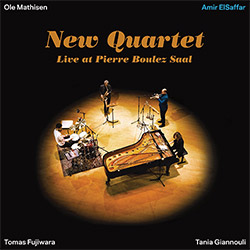
![ElSaffar, Amir / New Quartet : Live at Pierre Boulez Saal [VINYL]](https://www.teuthida.com/productImages/misc4/36830.jpg)


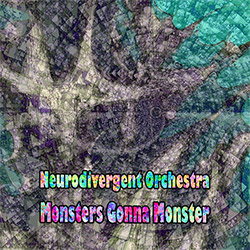
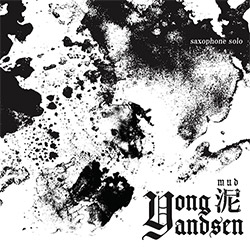

![Musicworks Magazine: #152 Fall 25 [MAGAZINE + CD]](https://www.teuthida.com/productImages/misc4/37004.jpg)
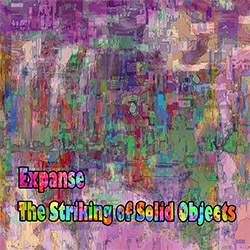




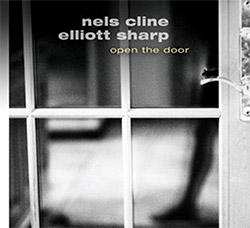
![[ahmed] (Thomas / Grip / Gerbal / Wright): Sama](https://www.teuthida.com/productImages/misc4/36976.jpg)

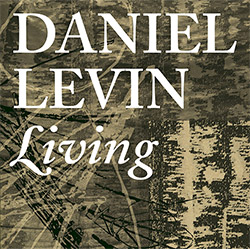
![Cleaver, Gerald / Brandon Lopez / Hprizm: In The Wilderness [COLOR VINYL]](https://www.teuthida.com/productImages/misc4/33060.jpg)
![McPhee, Joe : Defiant Jazz: a Joe McPhee Taster [VINYL]](https://www.teuthida.com/productImages/misc4/36859.jpg)
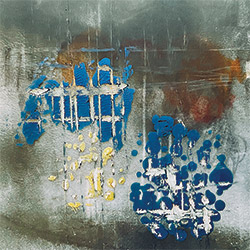
![Mateen, Sabir / Patrick Holmes / Federico Ughi : Survival Situation [LTD VINYL LP + DOWNLOAD]](https://www.teuthida.com/productImages/misc4/29891.jpg)
![Tucker, Dave / Pat Thomas / Thurston Moore / Mark Sanders: Educated Guess Vol. 1 [COLORED VINYL]](https://www.teuthida.com/productImages/misc4/30183.jpg)
![Sarian, Michael / Matthew Putman: A Lifeboat (Part I) [COLORED VINYL]](https://www.teuthida.com/productImages/misc4/30426.jpg)

![Genthon, Anouck / Lionel Marchetti: Suite Blanche [2 CDs]](https://www.teuthida.com/productImages/misc4/36642.jpg)
![Toeplitz, Kasper T.: Erosions Programmees [CD + BOOKLET]](https://www.teuthida.com/productImages/misc4/36639.jpg)
![Gate, The : Amost Live [CASSETTE + MAGAZINE]](https://www.teuthida.com/productImages/misc4/36836.jpg)
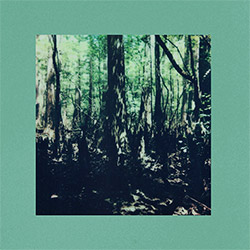


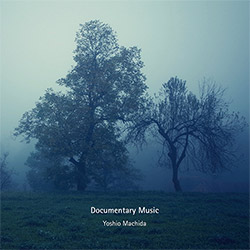
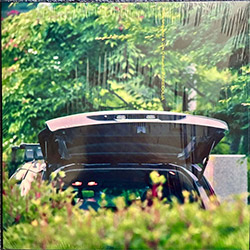
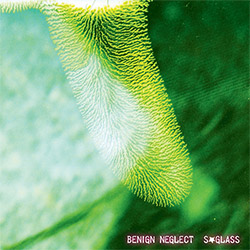
![A Magic Whistle: The Solar Cell [VINYL]](https://www.teuthida.com/productImages/misc4/36658.jpg)

![McGee, Hal: Columbus Expedition [Cassette w/ Download]](https://www.teuthida.com/productImages/misc4/36650.jpg)
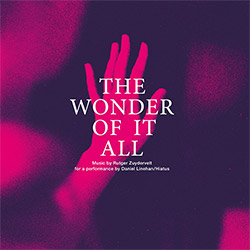

![Jaeger, Kassel: Fernweh [VINYL 2 LPs]](https://www.teuthida.com/productImages/misc4/36541.jpg)
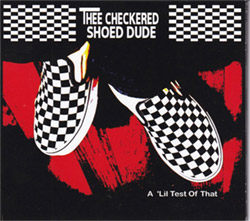




![+DOG+: The Light Of Our Lives [2 CDs]](https://www.teuthida.com/productImages/misc4/36009.jpg)


![Eternities: Rides Again [CASSETTE]](https://www.teuthida.com/productImages/misc4/36247.jpg)

![Lopez, Francisco: Untitled (2021-2022) [2 CDs]](https://www.teuthida.com/productImages/misc4/36438.jpg)

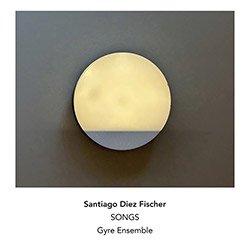
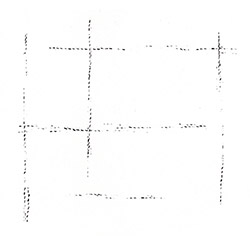
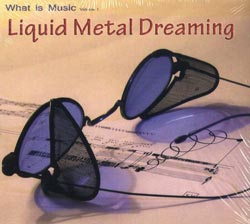

![Pisaro-Liu, Michael: Within (2) / Appearance (2) [2 CDs]](https://www.teuthida.com/productImages/misc4/36831.jpg)

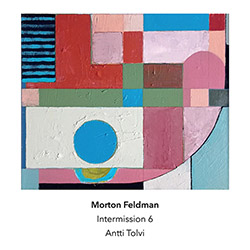
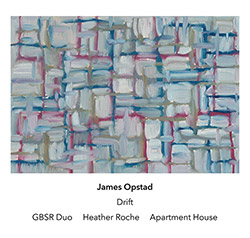
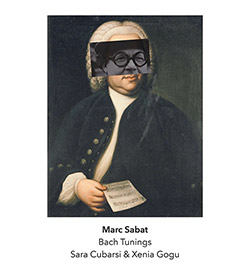
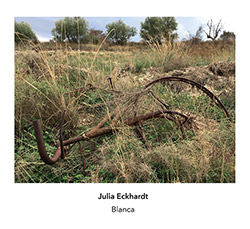
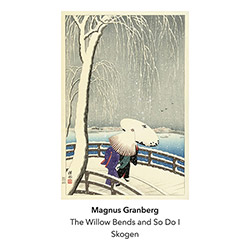
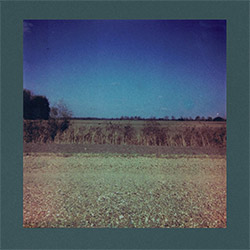
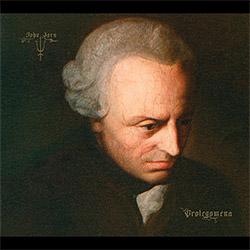
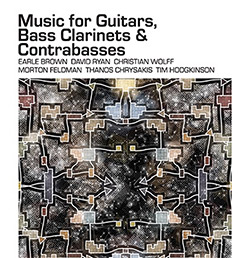

![Musicworks Magazine: #151 Summer 25 [MAGAZINE + CD]](https://www.teuthida.com/productImages/misc4/36559.jpg)

![Brown, Dan / Dan Reynolds: Live At The Grange Hall [unauthorized][CASSETTE]](https://www.teuthida.com/productImages/misc4/36245.jpg)


![Zorn, John: The Song of Songs [CD + CD BOOK]](https://www.teuthida.com/productImages/misc4/36923.jpg)

![Coultrain: Mundus [COLORED VINYL]](https://www.teuthida.com/productImages/misc4/33056.jpg)
![Hprizm: Signs Remixed [COLORED VINYL]](https://www.teuthida.com/productImages/misc4/30635.jpg)
![Halls Of the Machine: All Tribal Dignitaries [CASSETTE w/ DOWNLOAD]](https://www.teuthida.com/productImages/misc4/36134.jpg)


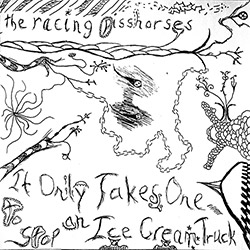
![Koenjihyakkei: Live at Club Goodman [2 CDs]](https://www.teuthida.com/productImages/misc4/36111.jpg)

![Sorry For Laughing (G. Whitlow / M. Bates / Dave-Id / E. Ka-Spel): Rain Flowers [2 CDS]](https://www.teuthida.com/productImages/misc4/35985.jpg)

![Rolando, Tommaso / Andy Moor : Biscotti [CASSETTE w/ DOWNLOADS]](https://www.teuthida.com/productImages/misc4/36106.jpg)


![Electric Bird Noise / Derek Roddy: 8-10-22 [CD EP]](https://www.teuthida.com/productImages/misc4/35970.jpg)








![Elephant9 : Mythical River [VINYL]](https://www.teuthida.com/productImages/misc4/34624.jpg)



![Elephant9 with Terje Rypdal: Catching Fire [VINYL 2 LPs]](https://www.teuthida.com/productImages/misc4/35355.jpg)
![Coley, Byron: Dating Tips for Touring Bands [VINYL]](https://www.teuthida.com/productImages/misc4/17906.jpg)

![Lost Kisses: My Life is Sad & Funny [DVD]](https://www.teuthida.com/productImages/misc4/lostKissesDVD.jpg)